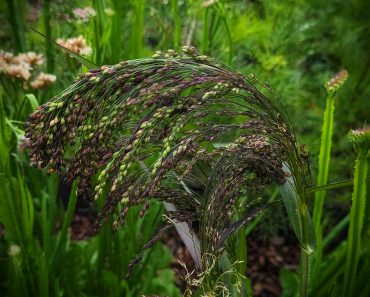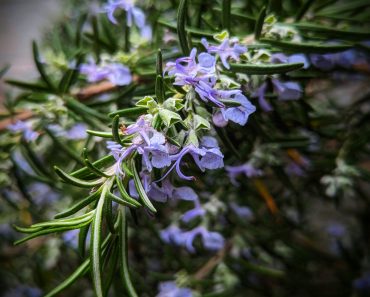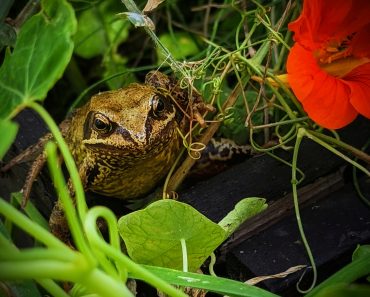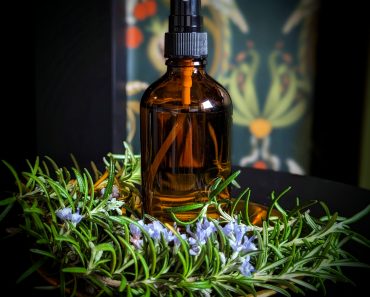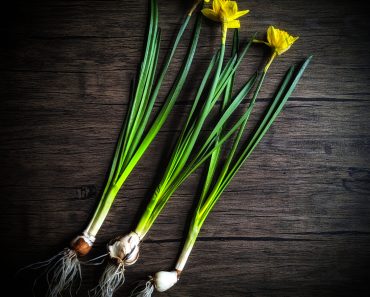Growing your own Poppies from seed is easy! You don’t have to be a seasoned gardener to master these beauties! Poppies are a wonderful filler flower for large beds and borders, sow in drifts to add colour and interest to your Summer garden. Here’s how I grow mine….
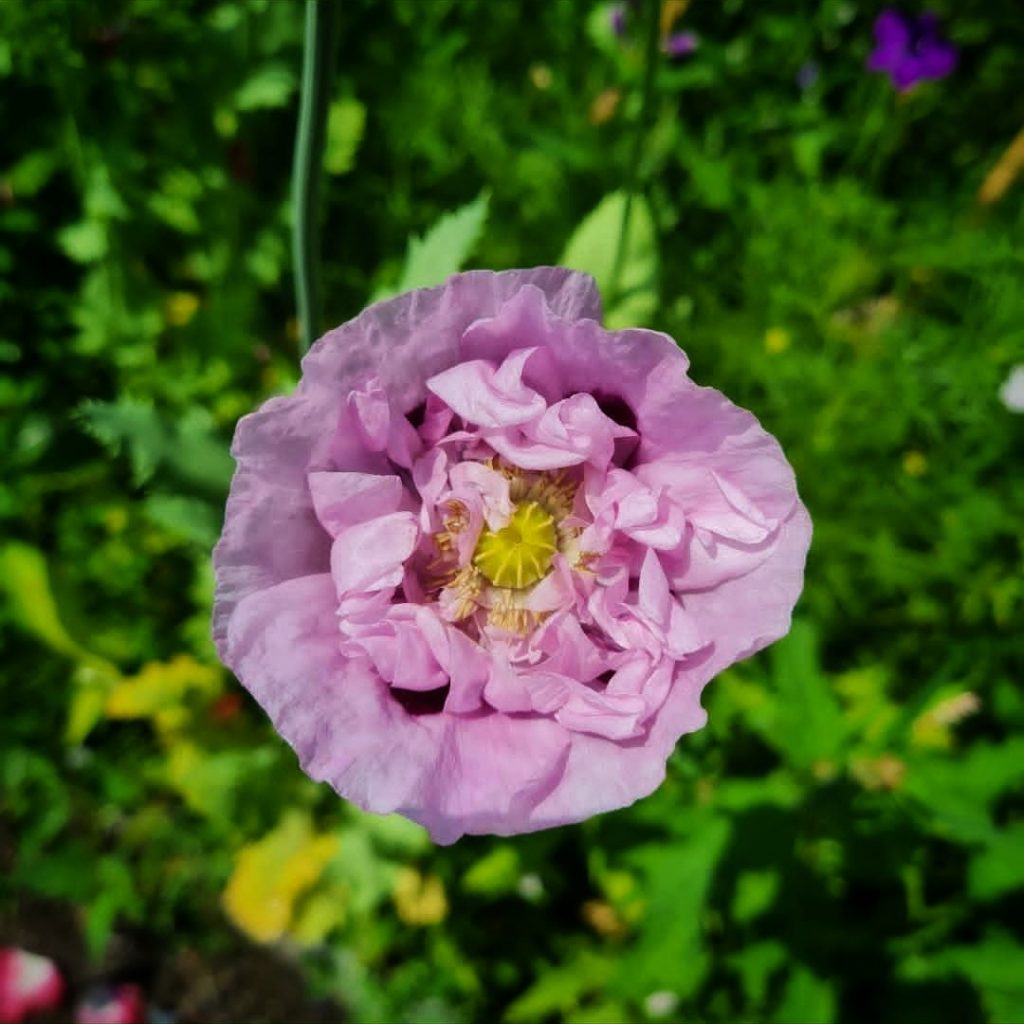
This post may contain Affiliate links please see my disclosure policy
Spoiled for Choice!
The most familiar type of Poppy is the red flanders poppy, most recognised as the Remembrance Day flower…but, did you know that there is approximately 200 different varieties of poppy? In every colour imaginable! You can bet there is a Poppy out there to suit your every mood!
Bold and Beautiful!
Affiliate links
Ah My Favourite! The poppies I grow are the show offs of the Poppy World! Larger and louder than the Common Poppy, they are the showgirls that love to flounce, flutter and pose! They can be weird and wonderful like the Victoria cross below or elegant and demure like the Peony Double Lilac above. Both of these Varieties are Annuals, but did you know that there are also Biennial and Perennial Varieties of Poppies?…
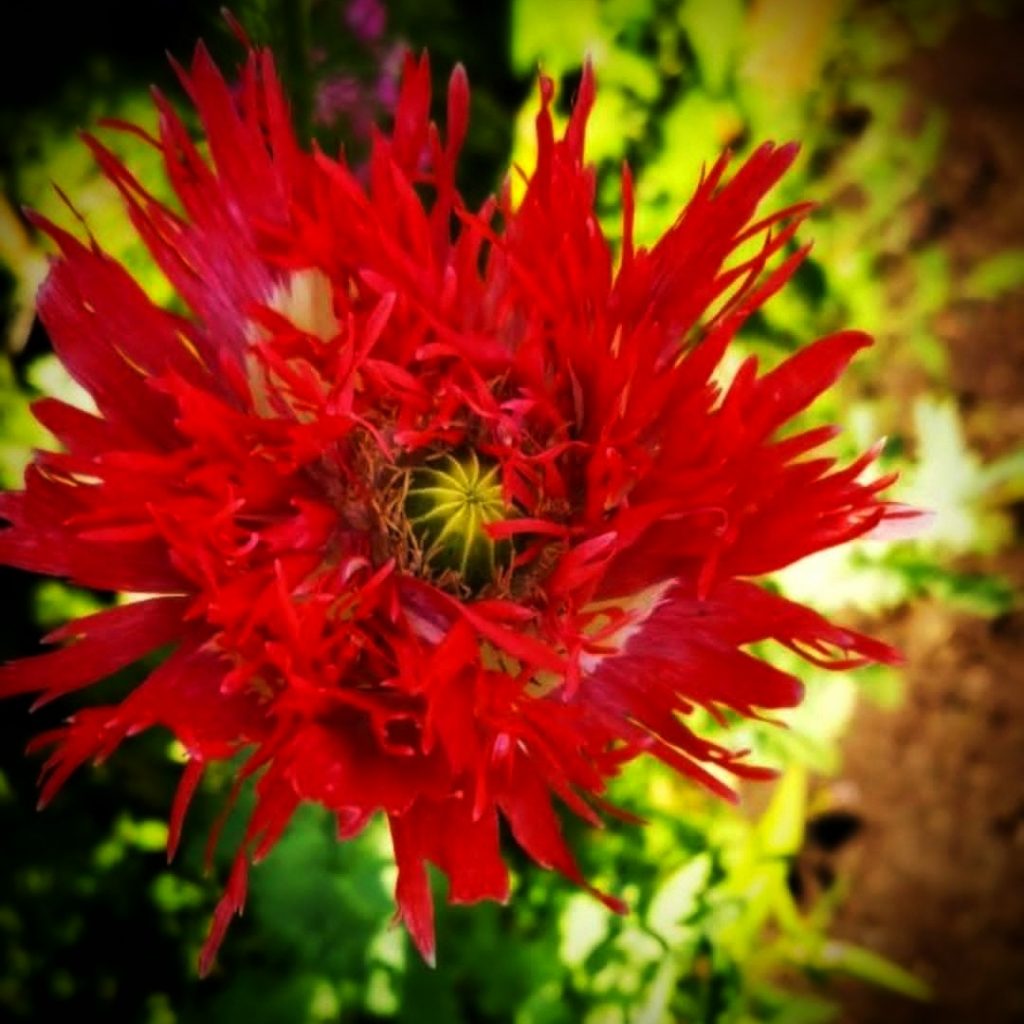
Annual or Perennial Poppies?
I mostly grow Annual Poppies. They are the easiest to grow and I can try different weird and wonderful colour combinations each year! But, If you want something a little more long term, then you can always try your hand at growing Perennial Poppies by planting Bare roots or young plants that will produce gorgeous flowers year after year. Here are some Perennial Varieties you could try…
Perennial Poppy Varieties
Affiliate Links
Papaver Manhattan Roots – Gorgeous flowers with deep plum ruffled petals with contrasting black blotches.
Oriental Poppy ‘Pattys Plum’ – Patty plum has double bronze red flowers with dark centres and dark green leaves covered with silvery hairs….Gorgeous!
Papaver orientale Victoria Louise – Victoria Louise has Apricot pink flowers and crepe paper type petals. The flowers are large with distinctive black markings that surround the dark central eye.
Papaver orientale ‘Royal Wedding’ – Royal Wedding have elegant white flowers with a black centre…Beautiful!
6 Types of Poppies To Grow In The UK
Here is a rundown of Poppies that will tolerate our climate in the UK…
Affiliate links
1. Oriental Poppies (Papaver Orientale)– One of the most ‘Showy’ are the Oriental Poppies, mostly Perennial, they are native to Asia and have larger, blousy flowers. The ‘Victoria Louise’ and ‘Pattys Plum’ are good examples of the type, growing between 20-30 inches tall.
2. Opium Poppy (Papaver somniferum) – Native to Turkey the Opium Poppy is an Annual in UK and can have pink, red, white or purple flowers with greeny-grey leaves, they can grow a whopping 3-4 ft tall! Try Black Peony its a beauty!
3. Iceland Poppy (Papaver nudicaule) – Usually grown as a Perennial, typical colours are Pink, Rose, Salmon, Yellow and white growing up to 24 inches in height
4. California Poppy (Eschscholzia californica) – Grown as an Annual, California Poppies are Native to North America are extremely drought-tolerant and will even tolerate the poorest soil conditions…making them wonderful candidates for wild flower gardens
5. Himalayan Poppy (Meconopsis grandis) – Himalayan Poppies are mostly Short Lived perennials and have bright blue flowers, they prefer damp, cool conditions and thrive in dappled shade. They can reach heights of 3-4 ft tall when grown in the right conditions.
6. Flanders Poppy (Papaver rhoeas) -The one us Brits are most familiar with, our Remembrance day Poppy. Bright Red Annual Poppies that reliably self seed, featuring vibrant red flowers on top of long hairy stems reaching heights of 9-18 inches tall. Learn more about the Flanders Poppy….
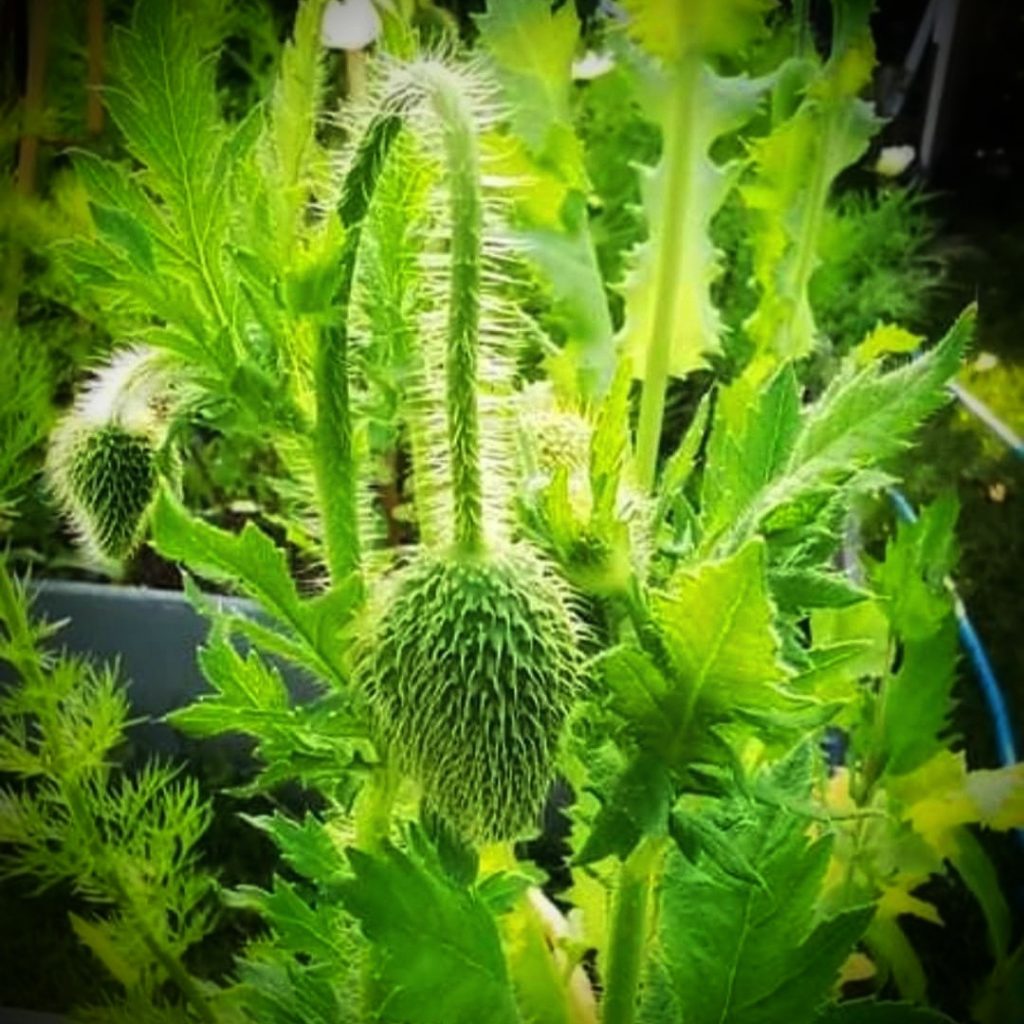
The Flanders Poppy and Why it became a symbol of Remembrance
In the UK, on remembrance day, on the 11th of November each year, we proudly wear red Poppies (Flanders poppies) as tribute, to honour the lives and memories of our fallen soldiers. Why do we wear Red Poppies on Remembrance Day?…
The Western Front
During WW1, much of the fighting took place in Western Europe. The fields and countrysides were bombed and destroyed, obliterating all manner of life- flora, fauna and human. Once beautiful landscapes became a graveyard of mud and blood, where nothing living remained, except for one exceptional flower that defied the odds.
Within the barron bleakness of the Battlefields sprung vibrant flowers of red- Flanders Poppies. Something so beautiful that flourished so effortlessly, despite the the destruction and chaos surrounding it -was a sight to behold.
A Canadian Doctor by The Name Of Lieutenant Colonel John McCrae was so moved by the sight of these poppies that he wrote a poem in the Spring of 1915. A poem that would assure the Poppies Significance in our History and remind us of our constant hope, that those years will never be repeated….
In Flanders Fields
In Flanders fields the poppies blow
Between the crosses, row on row,
That mark our place; and in the sky
The larks, still bravely singing, fly
Scarce heard amid the guns below.We are the Dead. Short days ago
We lived, felt dawn, saw sunset glow,
Loved and were loved, and now we lie
In Flanders fields.Take up our quarrel with the foe:
To you from failing hands we throw
The torch; be yours to hold it high.
If ye break faith with us who die
We shall not sleep, though poppies grow
In Flanders fields.
The Poppy Became a Symbol and in 1921 The Royal British Legion, ordered nine million paper poppies and sold them on Remembrance day to raise money for veterans. It was a huge success! That first poppy appeal raised over £106,000 to help veterans with jobs and housing. Today the poppy lives on! the Royal British Legion continues its work. Today , 40,000 volunteers every year distribute up to 40 million poppies! Continuing to raise funds for our much respected British Servicemen and women.
How to Grow Poppies!
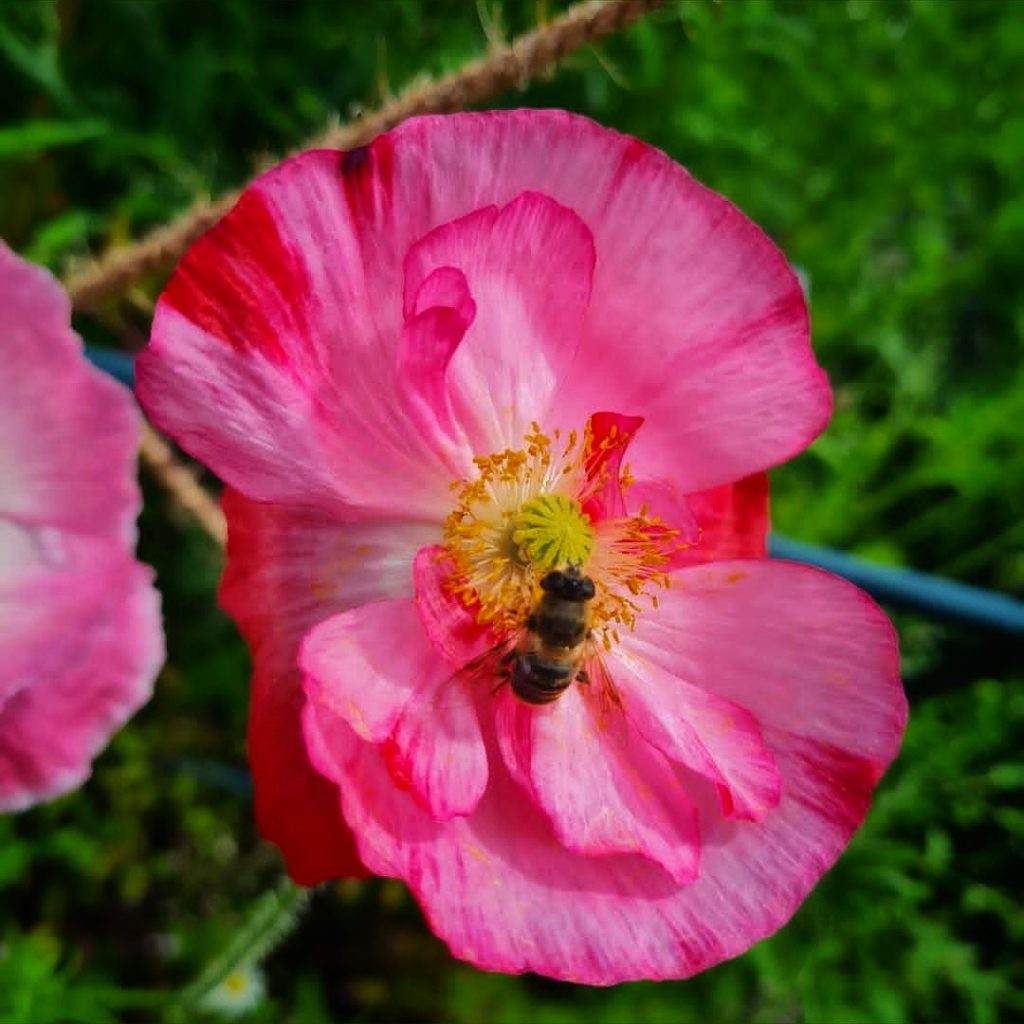
Some annual poppy seed varieties I recommend…
- Buy California Poppy seeds mixed
- Poppy ‘Cherry Glow’
- Poppy ‘Flanders’
- Victoria Cross Poppy
- Peony Double Lilac Poppy
- Black Peony Opium Poppy
When to sow
Sow poppy seeds direct in spring or autumn.
Spring– I tend to sow my Poppy seeds between March and May for same year blooms that appear mid summer
Autumn -Sow between the end of August and October for flowers the following year
How To Sow Poppy Seeds
- Choose a spot in your garden with full sun and a well draining soil.
- Weed the area and rake the soil to a fine tilth
- Scatter poppy seeds very thinly across the ground to create natural looking drifts
- Germination should occur within 7-30 days. Keep the soil moist during this time
- Once the seedlings are large enough to handle, thin them out to around 20cm apart
- Water regularly, especially during dry spells.
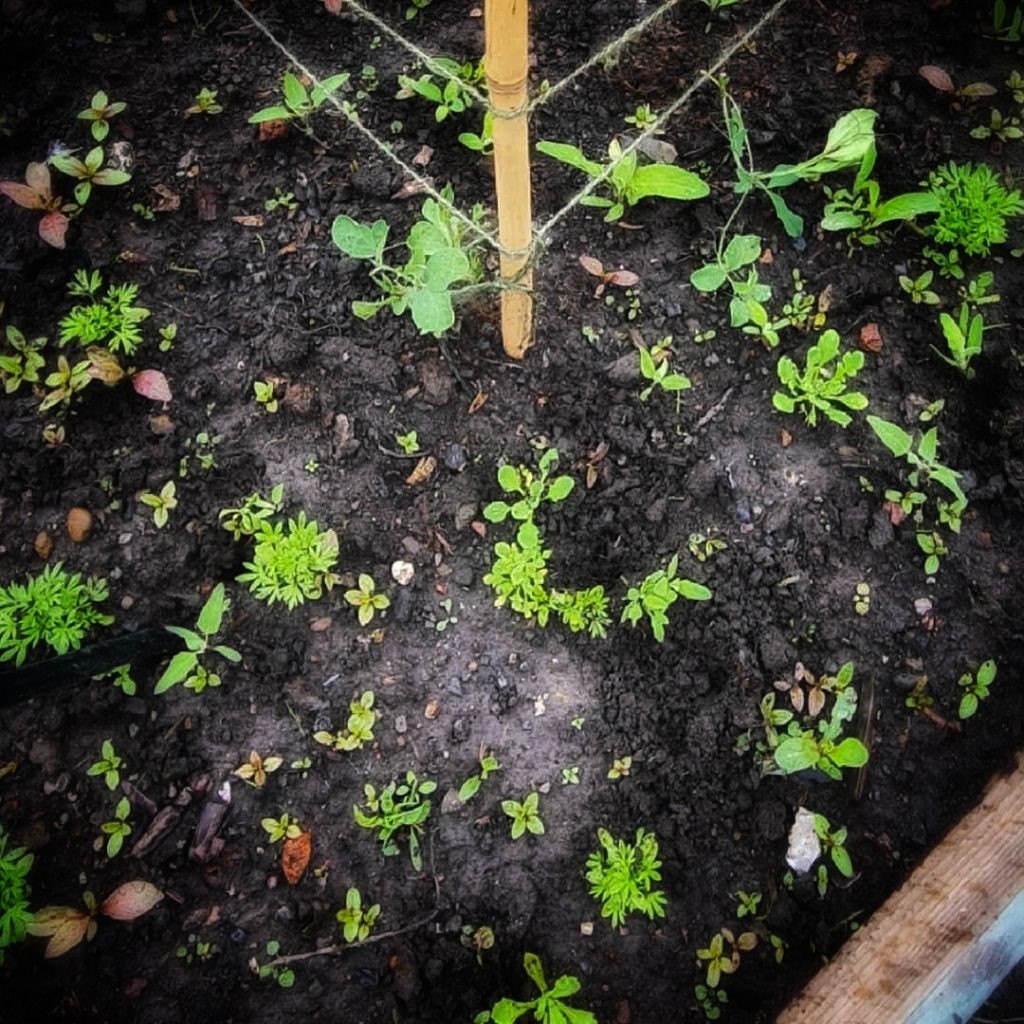
Poppy Care
Deadhead faded poppy flowers to encourage the plant to produce more blooms! This will also prevent poppies from self seeding.
Once your annual poppies are spent and have gone to seed, pull up the plants and compost.
For Biennials and Perennials, cut back old foliage to ground level in Autumn.
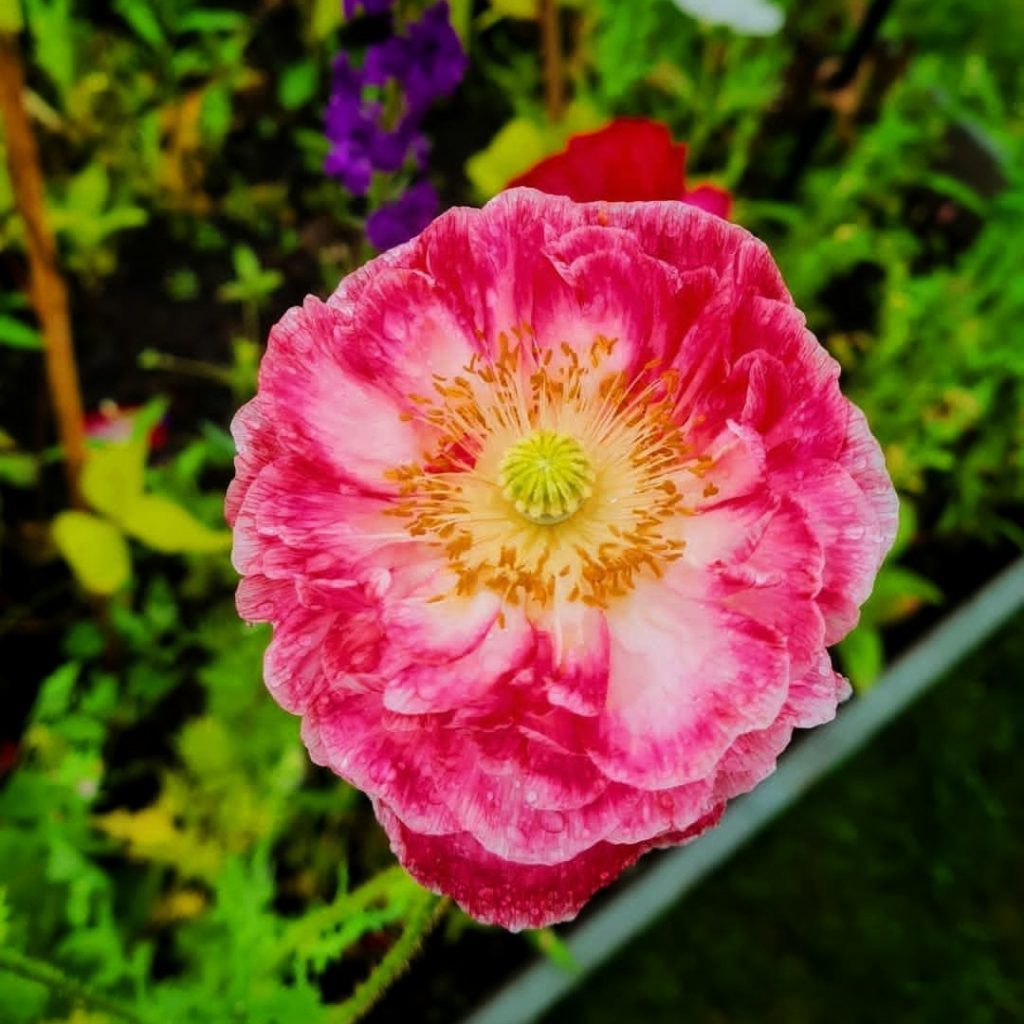
Poppy Companion Planting
What Can you grow with Poppies? There are so many flowers that work well with Poppies. Let them share a bed with…
Larkspur, Cosmos, Dahlias, Lupins, Borage, Marigold, Calendula, Sunflowers, Foxgloves and even Sweetpea! Poppies work in any garden but they are particularly wonderful in cottage type gardens.
Creating A Garden ? Take a look at these Frugal DIY Posts…
10 ways to create a vertical Garden
How to Build a Bee hotel from Pallet wood
How To Make A Rustic Fence with Tree Branches
How To make a garden arch with tree branches
Looking For more ‘Homely’ Inspo ?
Have a Nosey Around the Blog! See what i’ve been Baking, Growing and Drinking! Also, pop over and say Hi on Instagram

